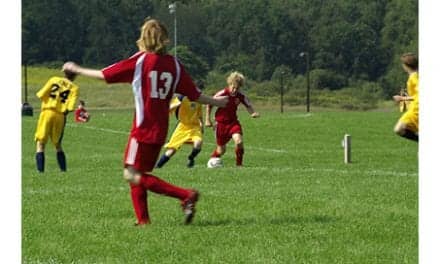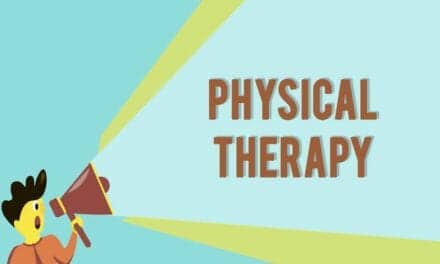After surgical reconstruction of the anterior cruciate ligament (ACL), young athletes are now recommended to undergo at least a year’s rehab and thorough testing before resuming knee-strenuous sport.
Research shows that those who return to sport relatively soon after surgery incur a highly elevated risk of a second ACL injury, a media release from University of Gothenburg suggests.
“What’s absolutely essential is to let the rehab take time. Every month’s wait represents a huge gain,” says Susanne Beischer, PhD student at Sahlgrenska Academy, University of Gothenburg, Sweden, who works as a clinical physical therapist.
An ACL injury is the most common form of injury to the knee joint. It mainly affects young players of sports like football, handball, floorball and basketball. In research for her doctoral thesis, Beischer focused on adolescents’ and young adults’ return to sport after surgery.
Up to 30% proved to have suffered a second ACL injury, in the same or the other knee, shortly after returning to their sport. However, there were major differences depending on how long they had refrained from playing.
Of those who had returned to sport within 9 months after surgery of the cruciate ligament, nearly a third (10 of 33 individuals) were injured again. Among those who waited 9 months or more, the proportion suffering a new injury was considerably lower (8 of 126).
In total, 729 members of the two age groups of sports participants, adolescents (age 15-20) and young adults (age 21-30), were included in the various sub-studies in the thesis. Their rehabilitation in primary care was individualized by the respective physical therapists in charge, the release explains.
Of the adolescents studied, half had returned to sport again as usual only 8 months after surgery, while the young adults waited longer. Regardless of age group, only a quarter regained their previous thigh-muscle strength and jumping capacity before resuming their sporting activities.
Young sports participants, especially those below the age of 20, are recommended to extend their rehabilitation to at least 9 months — preferably a year or more — and to ensure that their strength and jumping capacity are restored before they return to sport.
To determine whether a person is ready to return, physical therapists are recommended to assess young sports players by using questionnaires and tests of thigh-muscle strength and jumping capacity.
“It imposes extreme demands on us as physical therapists. We have to engage, support and create motivation for these people, so that their rehabilitation is completed and we don’t let them go back too soon. It’s also important for the physical therapist and orthopedist early on, before the operation, to tell the patient that rehab takes time. It’s a matter of having the right expectations,” Beischer continues, in the release.
Participants in the study were recruited mainly from the Gothenburg region through the physical therapists and/or orthopedists responsible for their treatment.
[Source(s): University of Gothenburg, Science Daily]





